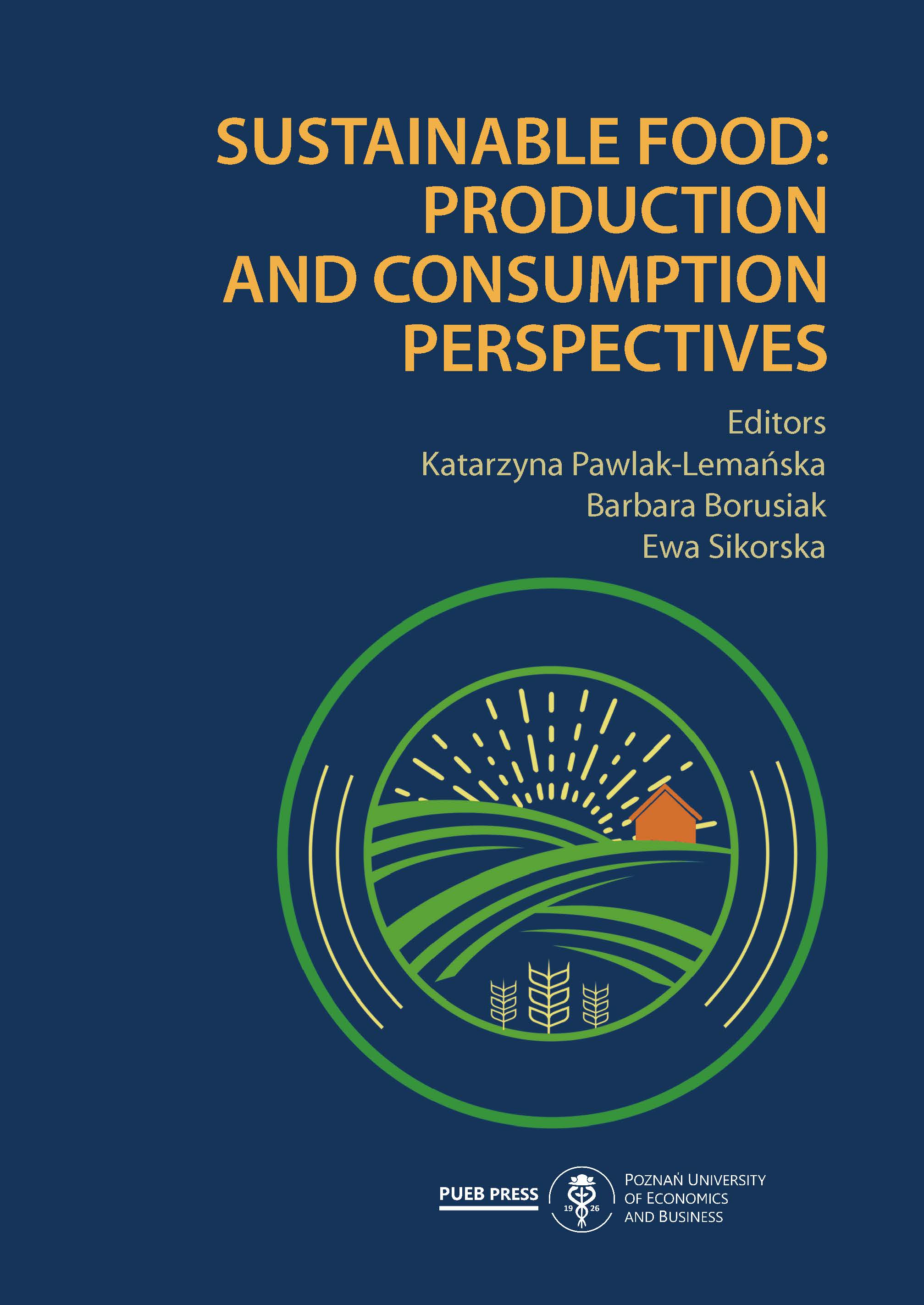Meat alternatives—market and cunsumption
Meat alternatives—market and cunsumption
Author(s): Iga Rybicka, Karolina Bohdan, Przemysław Łukasz Kowalczewski
Subject(s): Economy, Business Economy / Management, Micro-Economics, Agriculture, Energy and Environmental Studies, Health and medicine and law, Demography and human biology, Economic development, Marketing / Advertising, Business Ethics, Socio-Economic Research
Published by: Wydawnictwo Uniwersytetu Ekonomicznego w Poznaniu
Keywords: diet quality;environmental impact;meat alternative;meat-free;sociocultural acceptability;sustainable nutrition;vegan;vegetarian;
Summary/Abstract: Elimination of animal-based products, often related to a vegetarian or vegan diet, is one of the most popular nutritional trends observed around the world. This chapter provides an overview of the assortment, market and consumption of various meat alternatives. Products replacing meat are made of various types of (mostly) plant-based raw materials including pulses/legumes, cereal proteins (mainly gluten), oilseeds, fungi (edible mushrooms) and algae; however, cultured meat and edible insects are also described. The market of meat alternatives was estimated at USD 10,11 billion in 2022 and is expected to grow at a compound annual growth rate (CAGR) of minimum 15% by 2030. Europe has the largest share (52%) of the global market followed by North America (27%), Asia Pacific (12%), Latin America (6%) and Middle East and Africa (4%). The top producers are Beyond Meat, Boulder Brands, Hain Celestia, Nestlé, Garden Protein International, Vivera, Lightlife Foods, Woolworths, Naturli’ Foods and Sainsbury’s. Despite the fact that vegetarians and vegans constitute 6.4% and 6% of global consumers, respectively, more and more people are willing to either reduce the consumption of meat (62%) or animal-origin (42%) products. This is due to the fact that the consumption of meat-free products plays a role in sustainable development considering multiple health, economic and environmental issues.
Book: Sustainable food. Production and consumption perspectives
- Page Range: 118-131
- Page Count: 14
- Publication Year: 2024
- Language: English
- Content File-PDF

